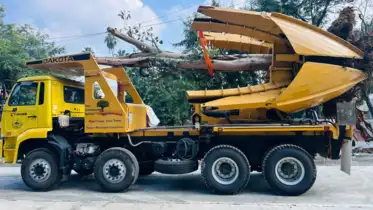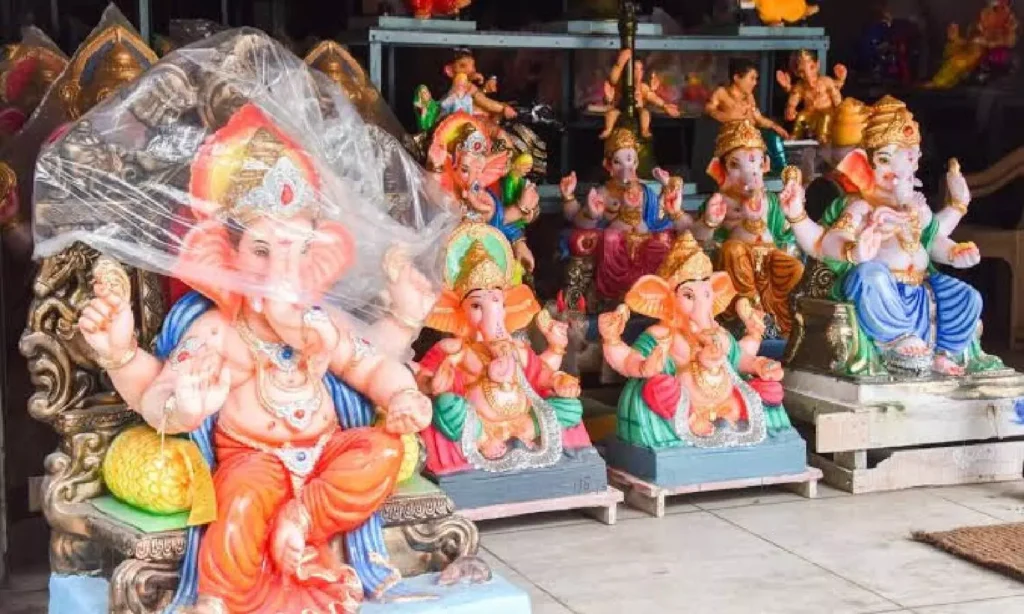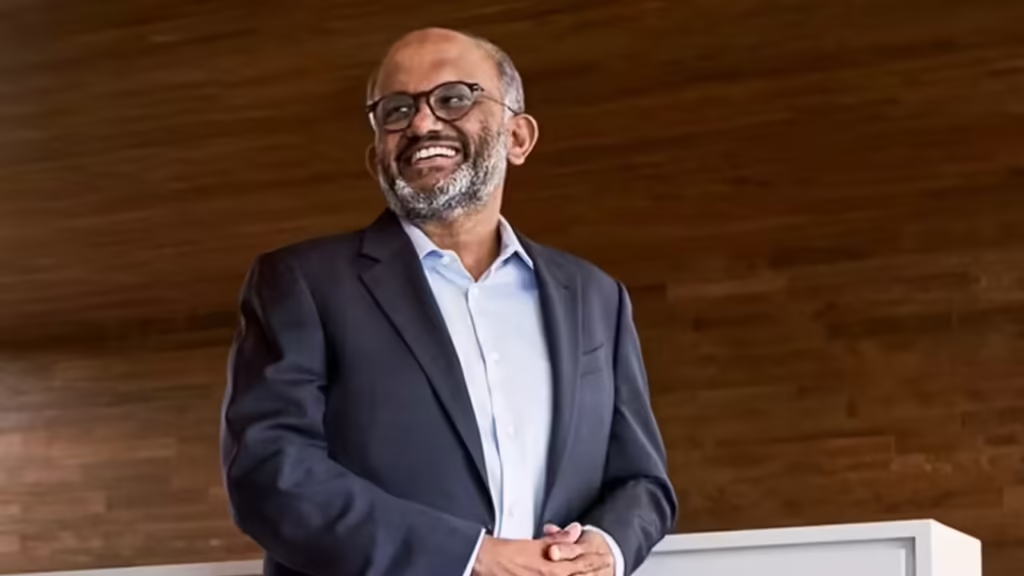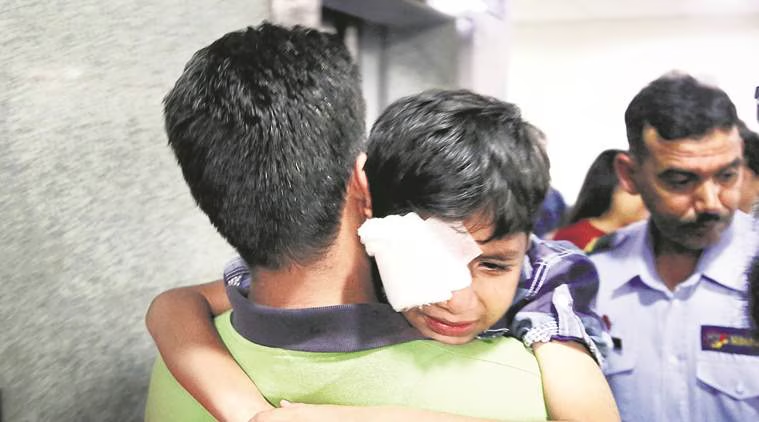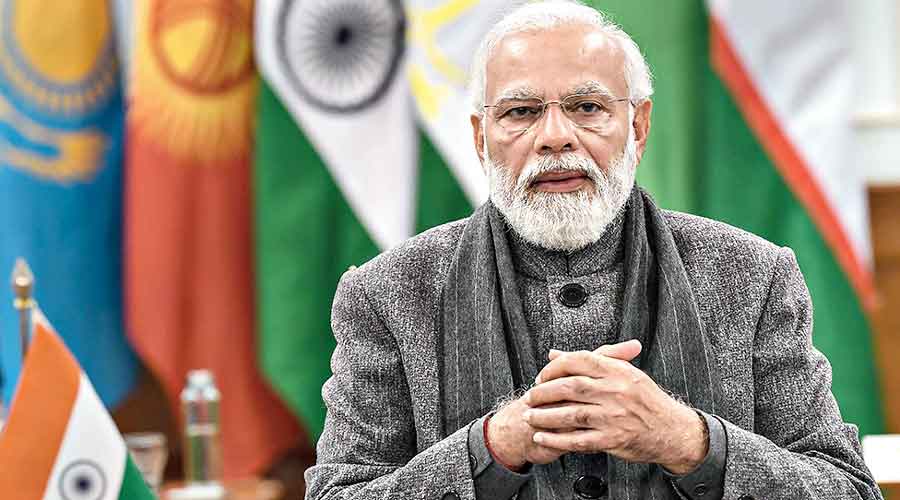Now Reading: Barabanki Temple Tragedy: Several Devotees Electrocuted, Police Probe Underway
-
01
Barabanki Temple Tragedy: Several Devotees Electrocuted, Police Probe Underway
Barabanki Temple Tragedy: Several Devotees Electrocuted, Police Probe Underway
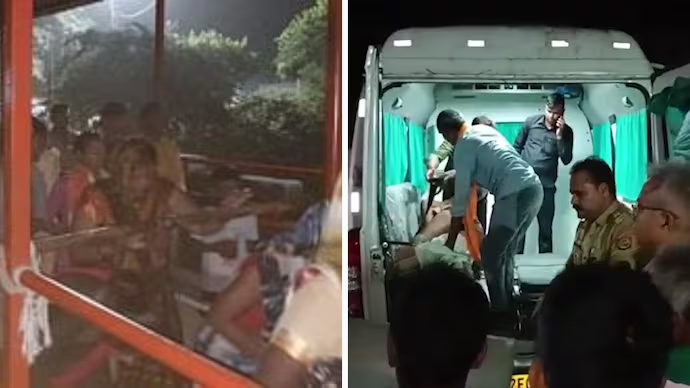
A visit to a temple turned tragic in Uttar Pradesh’s Barabanki district when multiple devotees were electrocuted outside the Awshaneshwar Mahadev temple. The incident occurred during a religious gathering, leaving several injured and raising serious concerns about public safety and electrical infrastructure during such events.
The police have launched an investigation, while the injured are being treated at nearby hospitals.
What Happened at the Temple
The electrocution took place near the temple premises, where a large crowd had gathered for religious offerings. According to initial reports, a high-voltage current passed through a metal pole or railing near the entrance, leading to a sudden shock to several people standing nearby.
Eyewitnesses said chaos broke out as devotees started collapsing. Many were rushed to hospitals by locals and temple volunteers before emergency services arrived.
Casualties and Medical Response
At least 15 people are reported to be injured, with a few in serious condition. Medical teams have been deployed, and additional support has been arranged at the district hospital. Some patients have been referred to Lucknow due to the severity of their injuries.
Doctors have confirmed that timely first aid helped prevent the situation from turning more deadly.
Why Did This Happen?
The cause appears to be a short circuit or faulty wiring near the temple’s entry point. Devotees alleged that despite large crowds being expected, no proper inspection of electrical lines was carried out.
This raises concerns not just about this temple, but about countless others across Tier 2 towns like Barabanki, where public religious events are often conducted with limited safety checks.
Police Inquiry and Local Reaction
Police officials have cordoned off the area and begun an inquiry into how the accident occurred. Statements from witnesses and temple authorities are being recorded. A forensic team may also inspect the electrical setup to determine accountability.
The local administration has assured strict action against those found negligent. Meanwhile, political leaders have expressed grief over the incident and urged better planning for large gatherings.
Bigger Questions for Tier 2 Cities
Incidents like this highlight how growing crowds and aging infrastructure are becoming a dangerous mix in smaller towns. From temple fairs to public rallies, safety planning often takes a back seat unless something goes wrong.
Local residents in Barabanki are now demanding regular audits of electrical systems in public places—especially religious sites that attract thousands at a time.
Conclusion
The Barabanki electrocution tragedy is a painful reminder that faith and safety must go hand in hand. As devotees continue to visit religious places in large numbers, authorities in Tier 2 cities need to prioritise basic infrastructure checks. For now, the focus remains on treating the injured and ensuring such a preventable incident does not happen again.


